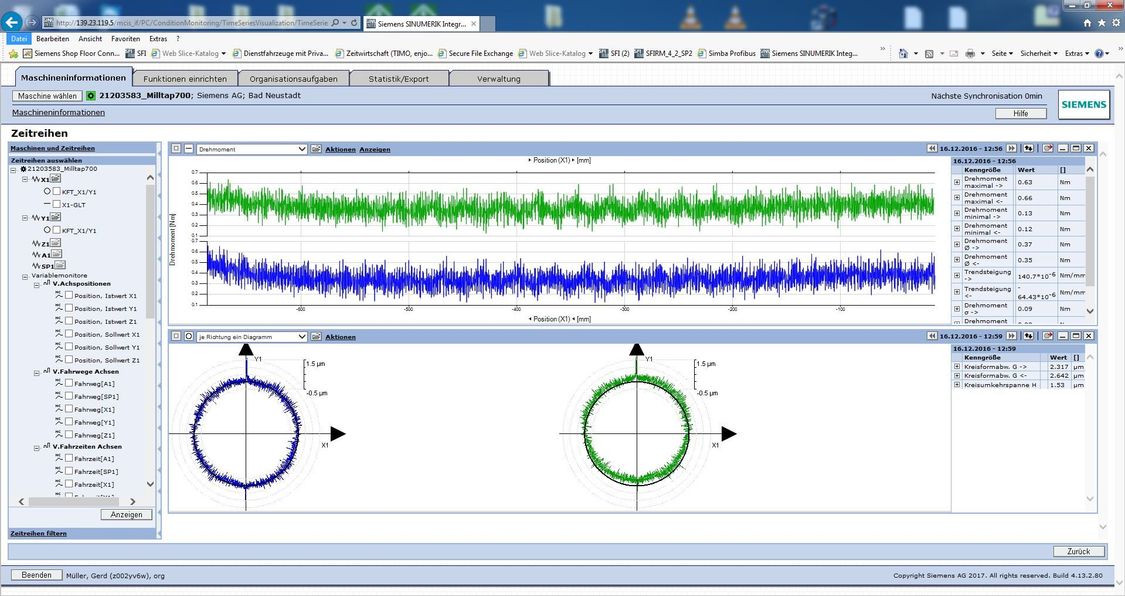

details – contains the information about every health indicator that we have.Ī list of other built-in health indicators.error – has information about every health indicator that is unhealthy and has the status 'down',.info – contains information about each health indicator that is healthy and has the status 'up',.If our application is currently shutting down, the status is 'shutting_down'. status – if any of our health indicators fail, the status is set to 'error'.Our / health endpoint responds with a few properties: If any of our health indicators fail, the endpoint responds with 503 Service Unavailable instead of 200 OK. Under the hood, the TypeOrmHealthIndicator performs a simple SELECT 1 SQL query to our database to verify that it is up and running and we’ve established a connection. NestJS comes with a tool called Terminus that can help us implement our health check. Thanks to tools such as Datadog, we can periodically call the health check endpoint to make sure that everything works as expected. Creating a health check boils down to exposing an endpoint that tests our application and throws an error if it is unhealthy. With them, we can verify if various aspects of our system work properly. It might not be the most elegant solution, though. One way to do that would be to make various API requests to confirm it manually. We should be aware of whether our application is healthy. Working with PostgreSQL using raw SQL queries Interacting with the application through REPL Improving PostgreSQL performance with indexes using MikroORM Implementing soft deletes using MikroORM and filters Transactions with PostgreSQL and MikroORM Relationships with PostgreSQL and MikroORM

Introduction to a monorepo with Lerna and Yarn workspaces Using ETag to implement cache and save bandwidth Storing files inside a PostgreSQL database Implementing soft deletes with PostgreSQL and TypeORM Generating documentation with Compodoc and JSDoc Introduction to logging with the built-in logger and TypeORM
IMPORT MACHINES INTO TERMIUS PATCH
Updating with PUT and PATCH with MongoDB and Mongoose Definining indexes with MongoDB and Mongoose Implementing pagination with MongoDB and Mongoose Managing transactions with MongoDB and Mongoose Virtual properties with MongoDB and Mongoose Verifying phone numbers and sending SMS messages with Twilio Setting up recurring payments via subscriptions with Stripe Using Stripe to save credit cards for future use Using server-side sessions instead of JSON Web Tokens Managing PostgreSQL relationships with Prisma Real-time updates with GraphQL subscriptions Sending scheduled emails with cron and Nodemailer

Implementing in-memory cache to increase the performance Communicating with microservices using the gRPC framework Using RabbitMQ to communicate with microservices Offset and keyset pagination with PostgreSQL and TypeORM Using the array data type with PostgreSQL and TypeORM Defining transactions with PostgreSQL and TypeORM Improving performance of our Postgres database with indexes Testing services and controllers with integration tests Creating relationships with Postgres and TypeORM Looking into dependency injection and modules Serializing the response with interceptors Authenticating users with bcrypt, Passport, JWT, and cookies Setting up a PostgreSQL database with TypeORM Controllers, routing and the module structure This entry is part 51 of 72 in the API with NestJS


 0 kommentar(er)
0 kommentar(er)
